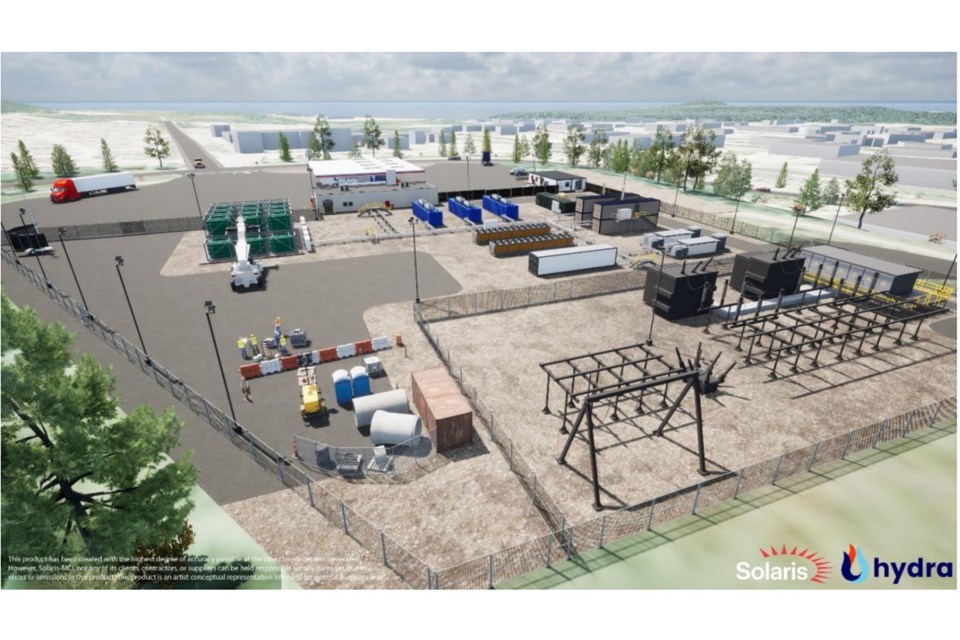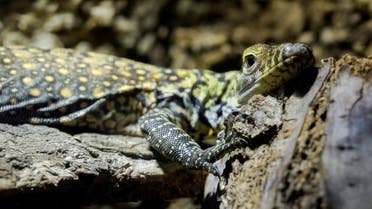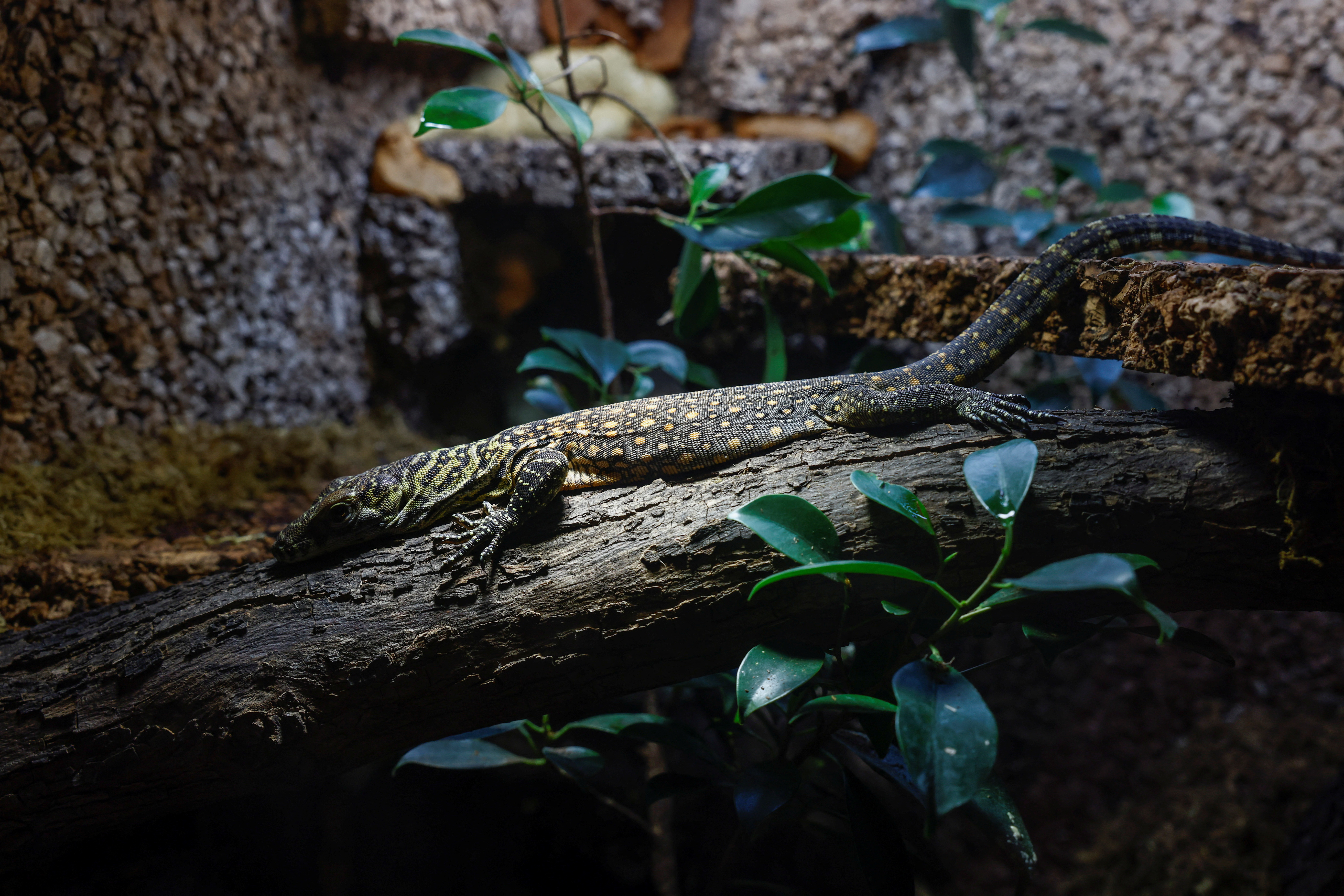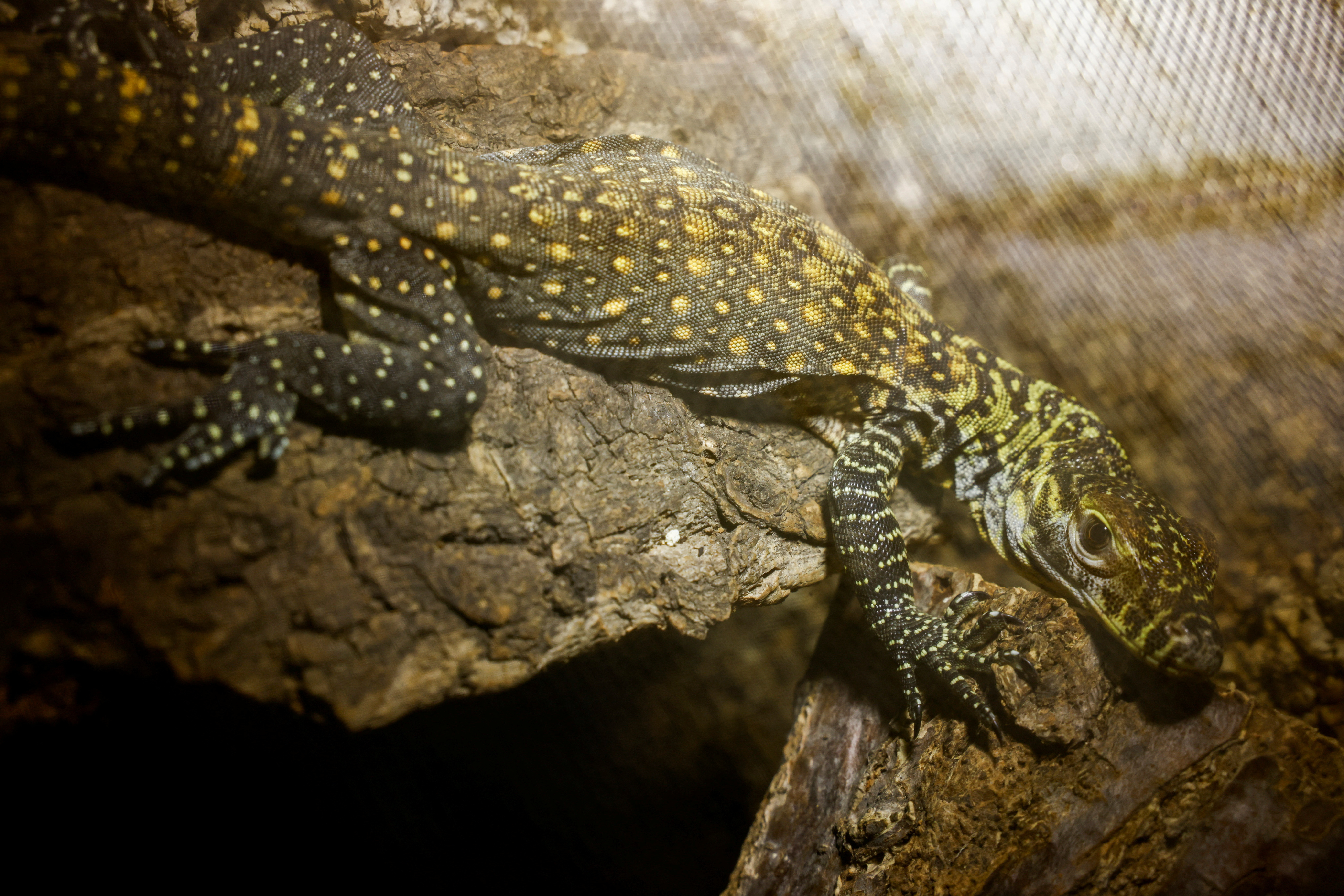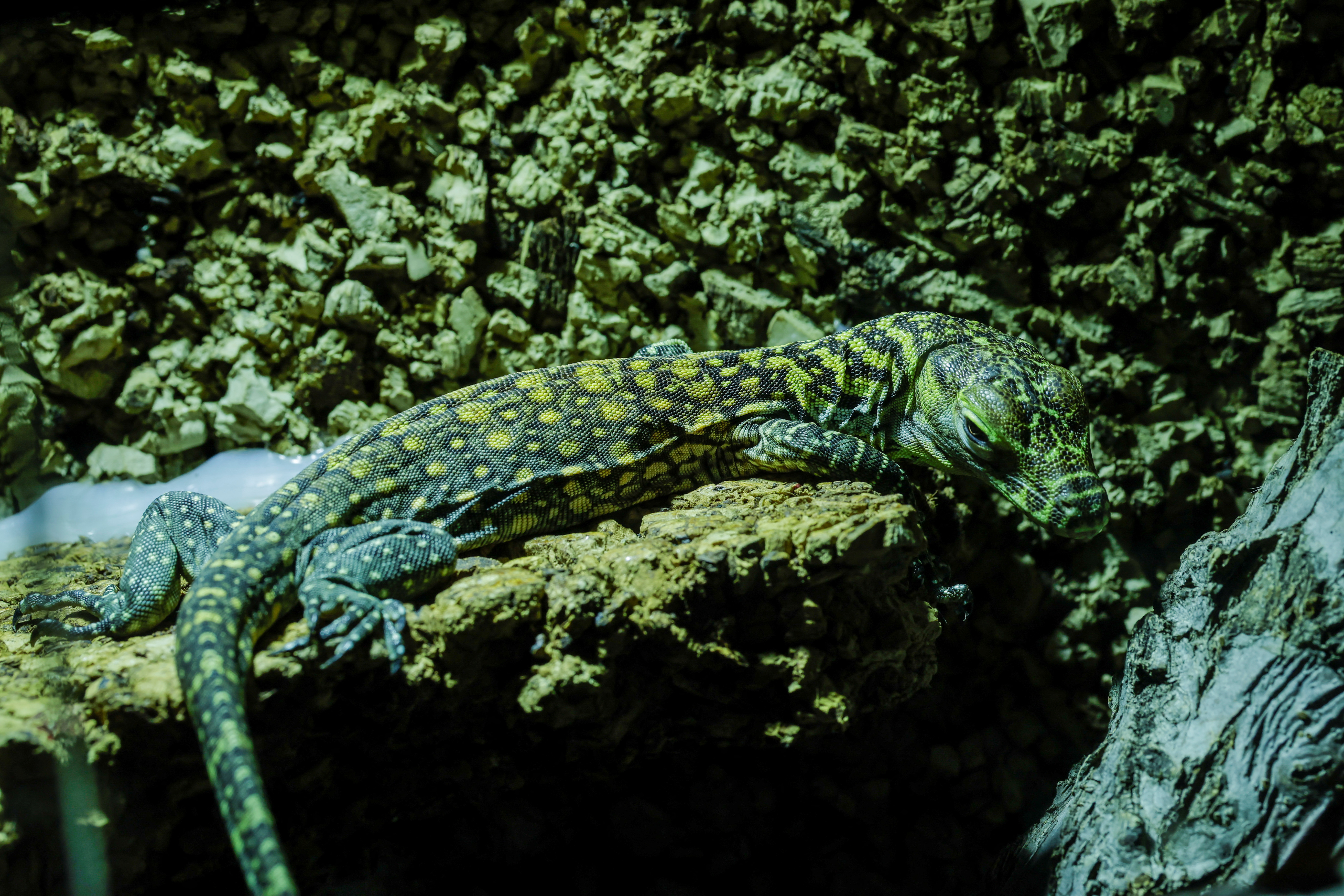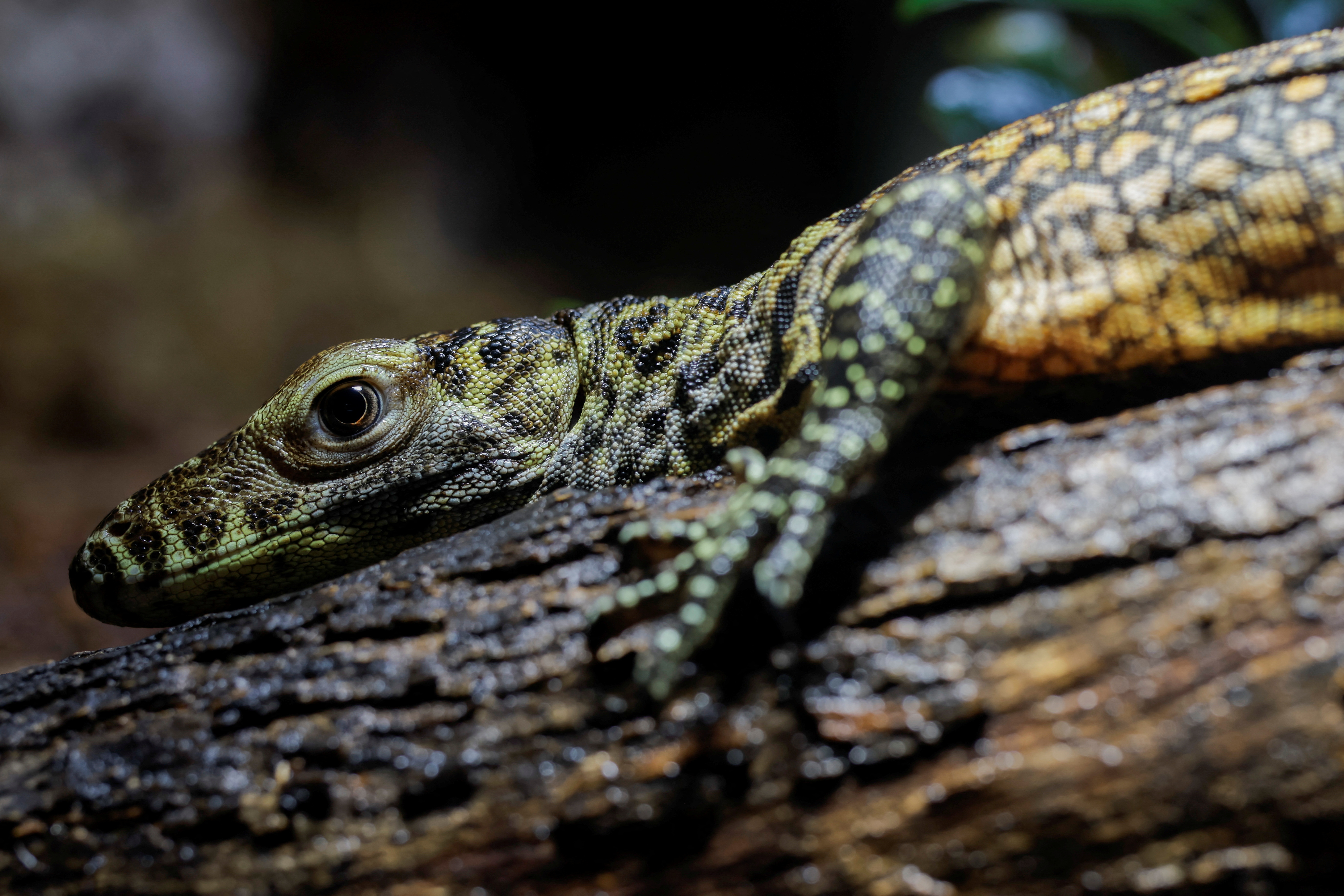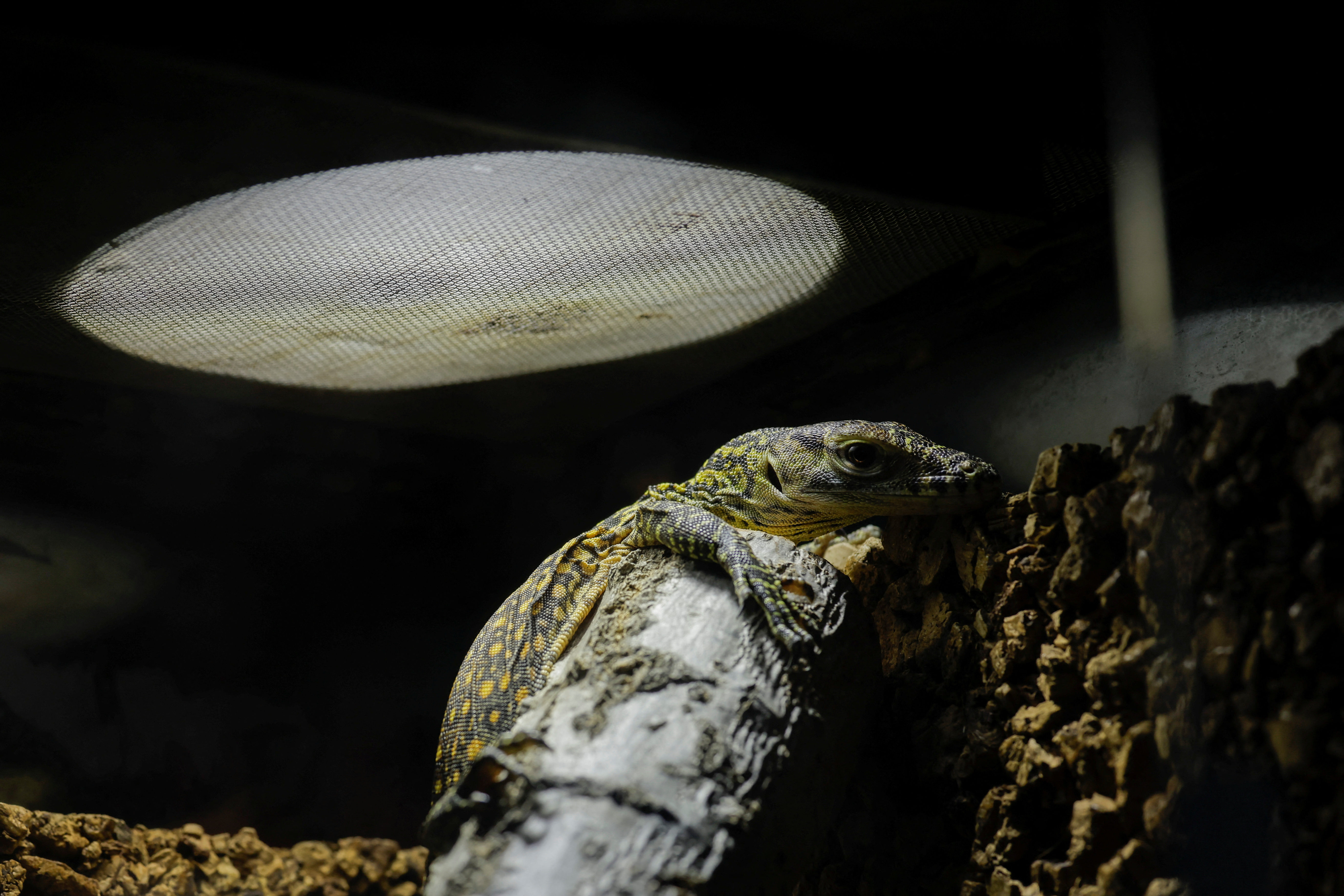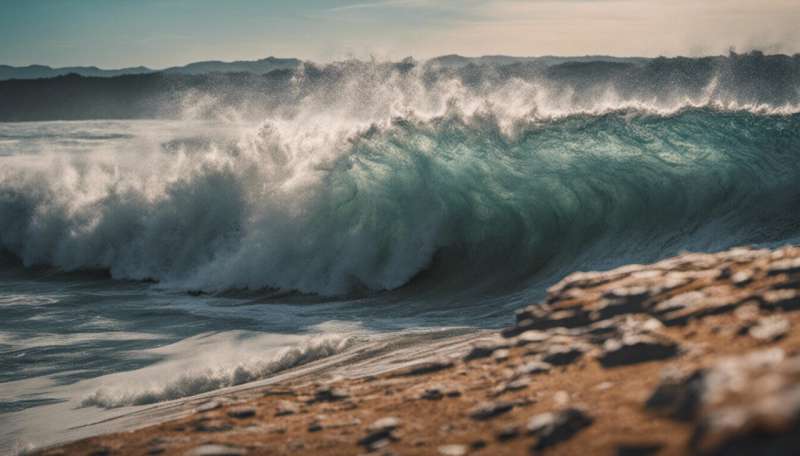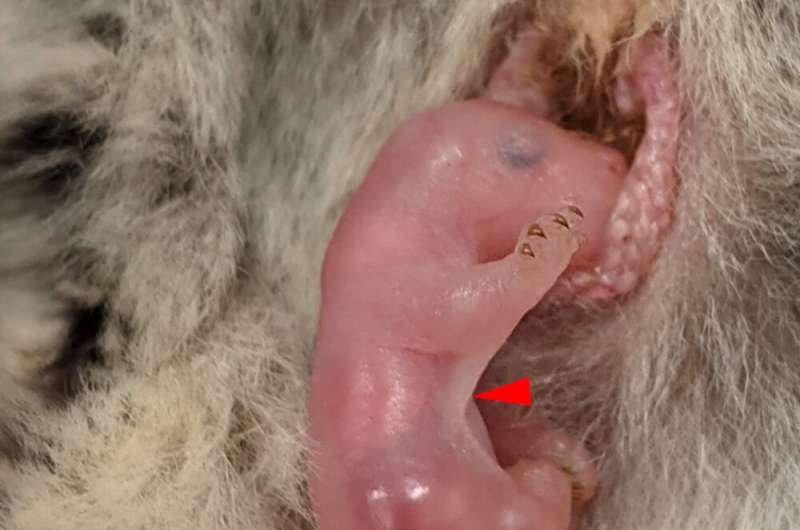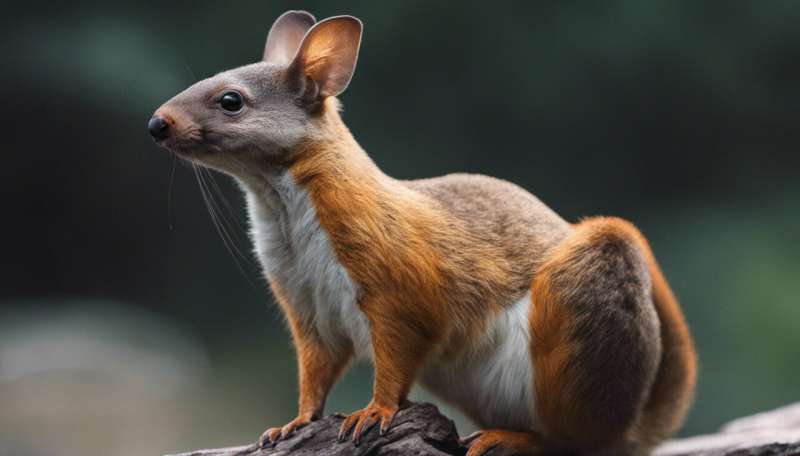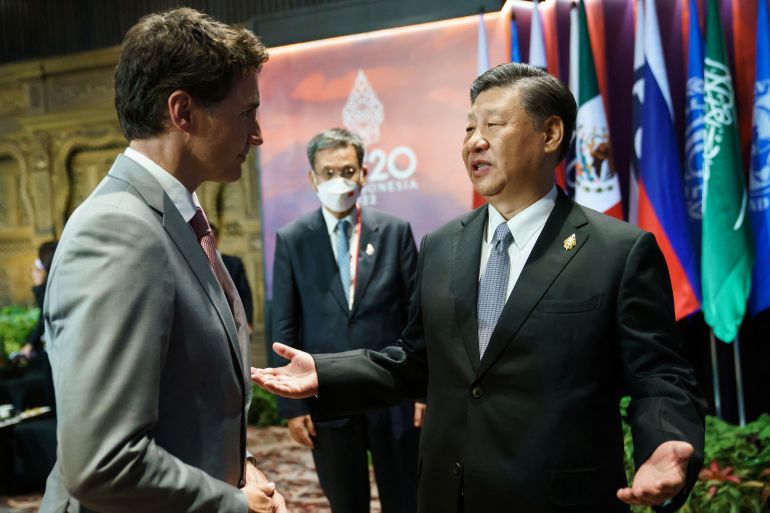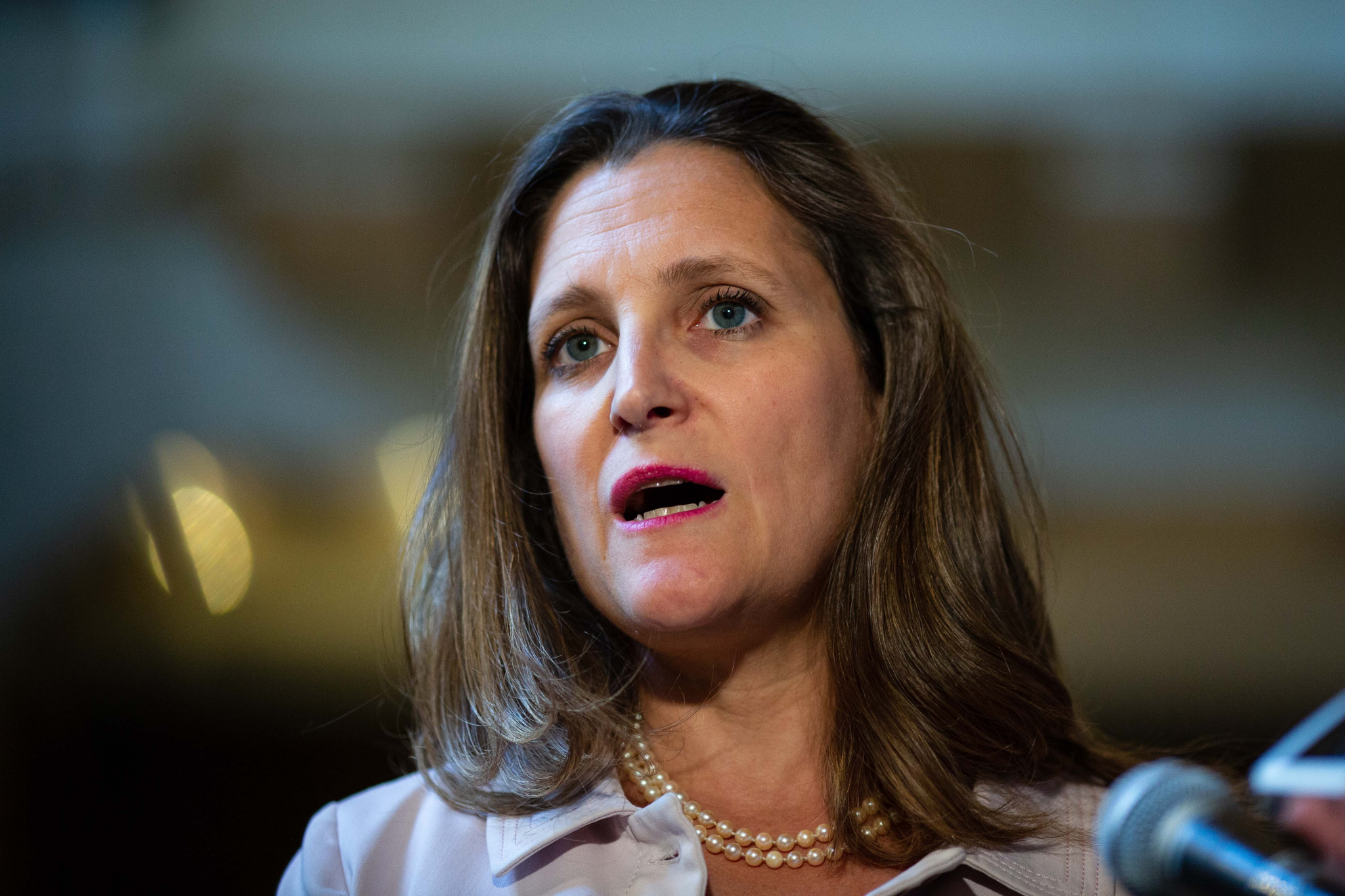I grew up in a neurotic, faraway island called Australia during the 1960s.
Even as a youngster, I knew, like millions of frightened Australians, that it seemed only a matter of time before a big, bad boogeyman swooped down and overwhelmed the country, turning it from a sun-kissed land of liberty into a dark, sullen place of brutal, Maoist conformity.
KEEP READING
list of 4 itemslist 1 of 4list 2 of 4list 3 of 4list 4 of 4end of listBack then, the looming threat was called “the yellow peril” and the creeping boogeyman was China’s Chairman Mao, who school children, like me, were taught had sinister designs to overrun our not-so-far-away island.
The manufactured mania reached an almost paralysing pitch when, in 1967, Australia’s prime minister, Harold Holt, went for a swim in the ocean one bright Sunday afternoon and never came back. The all-hands-on-deck search for the missing prime minister proved futile.
In the absence of a body or the good sense to conclude that Holt had probably drowned, “yellow peril”-fuelled conspiracy theories flourished. Countless unnerved Australians, like me, were conditioned to treat them seriously.
One “theory” that took firm root quickly was that the prime minister had, all along, been a traitor who fled the country in swim trunks before being unmasked. His grateful Chinese handlers had arranged to pick up their prized agent just off the Australian coast via a submarine.
Such was the frenzy’s pervasive power that many Australians believed this nonsense and were sure that the feared invasion by China had begun in earnest.
There was, of course, no invasion and Australia remains, for the most part, a sun-kissed and free island.
I am sharing this trip down irrational memory lane because a jarring echo of the “yellow peril” mayhem has gripped the snow-kissed, neurotic country I have, for decades, called home: Canada.
The déjà-vu-like hysteria has been ginned up by reporters, columnists and politicians who have played willing and eager handmaidens to what amounts to a handful of anonymous so-called “security officials” who populate Canada’s vast, largely unaccountable and crappy “intelligence infrastructure”.
China, the boogeyman du jour, is said to have interfered in at least two recent Canadian federal elections and perhaps one municipal election.
Cue the apoplectic outbursts among columnists and politicians who wail in polite code that the scheming “yellow” hordes have undermined the “integrity” of how Canadians vote and who they vote for.
This, despite the fact that a bashful, “senior” spook – who appears to have a number of reporters and news organisations in their front and back pockets – has acknowledged that China had no impact on the outcome of those elections.
Oh, never mind.
Beyond leaking “top secret” stuff about Canada’s compromised-but-not-compromised elections, the unnamed spooks have accused, by name, sitting and former members of parliament and the Ontario legislature of Chinese descent of being, in effect, fifth columnists working in Beijing’s interest.
To date, none of Canada’s suddenly loquacious spooks has found the mettle or courage to step out of the comfortable shadows to point an accusatory finger at their fellow Canadians whom they have, implicitly or explicitly, branded as Chinese “assets”.
Instead, earlier this month, one of the unidentified “security officials” was provided prime, front-page real estate in The Globe and Mail newspaper to write a flowery, self-serving defence of their decision to launder selective secrets that have triggered the latest wave of “yellow peril” hysteria and questioned the allegiances of elected legislators.
To buttress the credibility of its coveted source, the Globe’s editors have, unsurprisingly, touted the anonymous official as a “whistleblower”.
During my long career as an investigative reporter, I have had the privilege of meeting and writing about brave people who have chosen to expose wrongdoing knowing that the consequences of their truth-telling will be swift, blunt and life-altering.
Unlike the Globe’s sneaky leaker, these whistleblowers have not only attached their names to their allegations but have also been prepared to defend themselves, their motives and their understanding of the truth in public, not behind the convenient curtain of anonymity.
Not so The Globe’s mystery leaker who, in the name of patriotism and duty, has cast doubt on the patriotism and duty of other Canadians who have been forced in the House of Commons to deny tearfully that they have been disloyal to the maple leaf.
One rationale The Globe’s leaker used to remain in the shadows is that they might lose their job, or worse, go to jail, for laundering secrets to friendly journalists.
Reminder to the leaker and the Globe: that’s what bona fide whistleblowers do. Reluctantly, they risk their livelihoods and even their freedom to shine a necessary light on often state-sanctioned negligence, deceit or lawlessness.
The Globe’s leaker is no Daniel Ellsberg – the former military analyst who provided the New York Times with a copy of the Pentagon Papers which revealed all about America’s criminal, imperialist adventure in Vietnam.
Ellsberg faced scores of charges that would have sent him to prison for more than a century. Still, as a man of conscience, he arrived in court, ready to answer the charges that were later dismissed.
The Globe’s leaker is no Edward Snowden – the ex-National Security Agency contractor who shared reams of secrets with reporters at The Washington Post and The Guardian which exposed how a network of electronic spy agencies was breaking the law by eavesdropping on citizens they were meant to protect.
Snowden, and his young family, have found safe refuge in Moscow, far from the retributive clutches of vindictive American authorities who mean to make a stiff and unmistakable example of him.
I wrote a book brimming with secrets. I named corrupt CSIS officers who broke the law. My book, Covert Entry: Spies, Lies and Crimes Inside Canada’s Secret Service, includes details of their illicit modus operandi and photographs of them. I risked going to jail, too. And my name is on the front jacket of my book.
So, it’s time for Canada’s leak-happy spies to come out – come out from wherever you are if you are going to tar other Canadians as seditious tools of Beijing.
While we wait, The Globe’s sneaky leaker wrote, cross their heart and hope to die, that all they wanted to do was to start a “conversation” about “what it is that we expect of our government” and they are shocked that their good-faith effort has caused such “ugliness and division” in the country.
The naiveté and failure to accept responsibility for the McCarthyite-reminiscent madness they have provoked is astounding, isn’t it?
This self-appointed guardian of Canadian democracy lights an ethnic-laced bush fire and feeds it – drip by drip – with gasoline and has the audacity to claim that they never intended for any of the “ugliness or division” to happen.
My goodness, the blindness and hubris.
If you think race and ethnicity don’t play an essential role in the calculation of how Canada’s myopic “intelligence infrastructure” identifies its adversaries, you have not been paying attention.
In 2017, five Canadian Security Intelligence Service (CSIS) officers and analysts sued the spy agency for $35m, alleging that it was a cesspool of racism, intolerance and Islamophobia where anti-Muslim slurs and gay-bashing are an institutional norm. The parties settled out of court to save, no doubt, CSIS from having to air its sordid laundry.
If that’s how CSIS treats its own, imagine how it treats “outsiders” – in or outside parliament.
Muslim Canadians have always been considered the suspicious “other” by Canada’s rank, xenophobic spies. These days, they are joined by Chinese Canadians.
It is as shameful as it is predictable.
The views expressed in this article are the author’s own and do not necessarily reflect Al Jazeera’s editorial stance.
